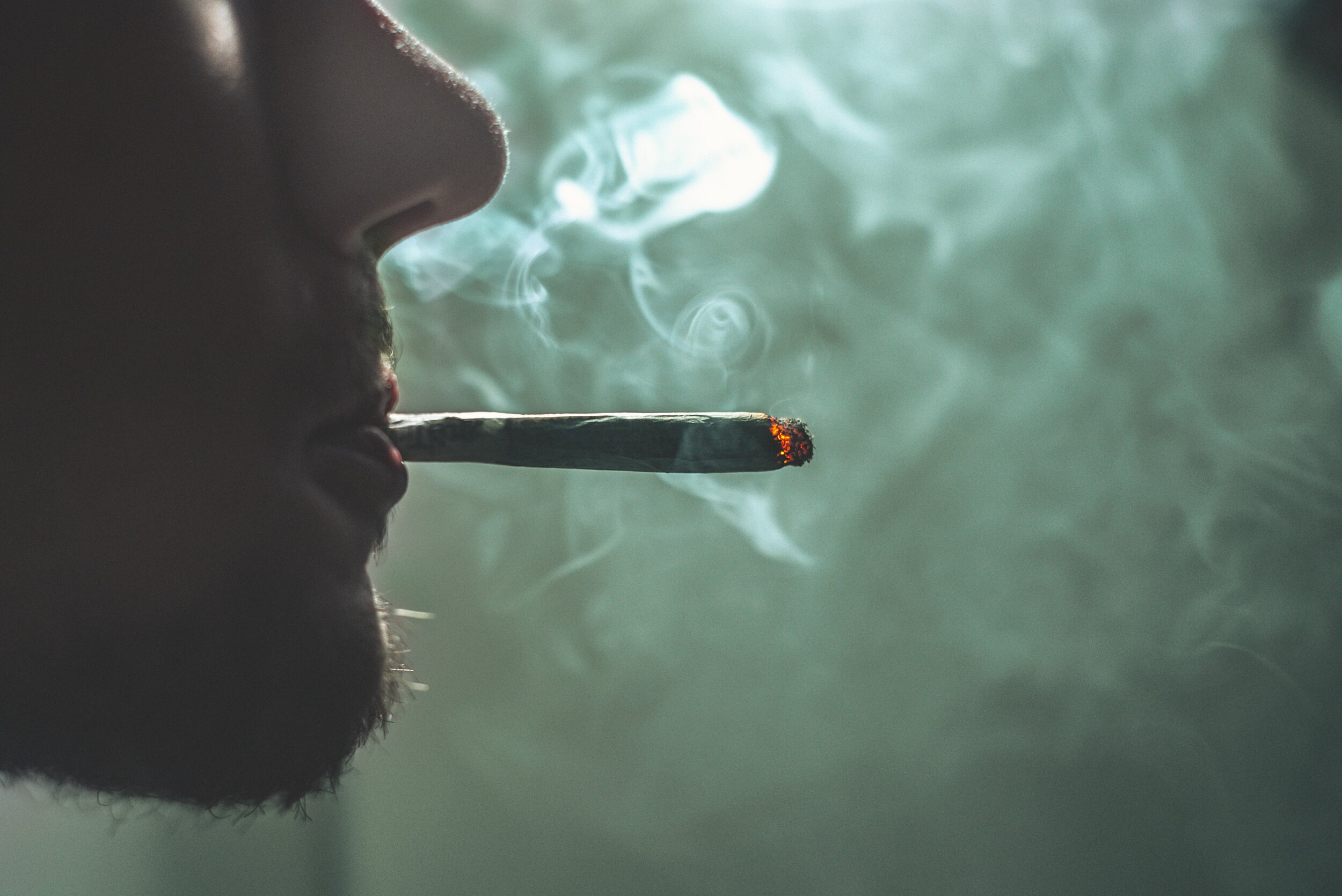Transnational crime feasts on the world and our financial and political systems. It is all around us, the drug wars seep through every street and every corner of the globe, leaving chaos, division and extreme violence in its wake. Each day on the Docklands Light Railway train passing through Canary Wharf, HSBC touches the sky, muddied by doing business for the Sinaloa transnational criminal organisation (TCO). Using HSBC accounts, the Mexican Federation, and a Colombian TCO, Norte del Valle, were able to launder $881m in the British-based bank. HSBC had been money laundering for Joaquín Guzmán and Ismael "El Mayo" Zambada’s criminal monopoly. HSBC was bailed out by George Osbourne fearing that an investigation would cause a global financial crisis.
The front-lines of this wretched conflict are in Mexico and Colombia, the cities and towns of El Salvador, Guatemala and Honduras and the favelas of Brazil, yet here in the United Kingdom, our white-collar criminals launder the profits of the TCOs and the thirst for drugs, whatever we can get our hands on, fuels the need for supply from Latin America. Wars need to be bankrolled, and violence needs a victim. In the case of the drug wars, drug users and those targeted by both TCOs and state-sponsored violence in the destructive tussle to control the lucrative drug trade, become targets in different ways.
The narcofosas (narco-graves) of Mexico, the mass-graves littered across Mexico, unseen, unheard, are perhaps the most damning indictment of the drugs wars. Thousands of miles away, Central and South America are being bled white by the policy of prohibition. Once Colombia used to be the heart of the drug wars, where hundreds are still dying in drug-related conflict, Mexican states such as Michoacan, Tamaulipas, Jalisco, Chihuahua and Guerrero have now become the new epicentre for the conflict. The death toll in Mexico varies from 100,000 to half a million, and tens of thousands have vanished.
Homicide and murder are so rampant in some Mexican states and countries south of Mexico such as El-Salvador, Guatemala and Honduras that they have either matched or exceeded death rates in actual war-zones such as Gaza and Somalia. Outside, Syria and Afghanistan, Mexico is one of the most dangerous places in the world to be a journalist (37 have been killed since 2006 when the so-called ‘War on Drugs’ was declared by President Felipe Caldéron), the latest casualty of this war being Francisco Romero Díaz reporting in Quintana Roo during May 2019. 22 of Mexico's 31 states saw a political assassination when campaigning began in September 2017. 145 politicians and party workers have been killed in the lead up to country’s election in 2018.
These are important and sobering statistics. The drug war exists, however, our perception of the conflict is one-dimensional. The gravity of Mexico’s conflict has not yet been understood by the outside world, one which has become as brutal and costly as Colombia’s civil war, and as nightmarish in its depravity as La Violencia which consumed the South American nation in the 1940s and 1950s. Mexico’s armed conflict has sent shock waves across Central America, South America and North America including a refugee crisis in Central America, an opioid crisis on American soil, and widespread environmental damage.
The Mexican drug war exists, however, our perception of the conflict is one-dimensional. Drugs might not even be the most important part anymore. Instead, the narrative of the Mexican drug war, one part of a broader conflict has pulled cotton wool over the eyes of mainstream media and wider audiences, whose attention to the crisis is fixed on the United States’ southern borders. Oil, avocado, and land as crucial issues in explaining Mexico’s descent into extreme violence.
According to Doctors Without Borders, an estimated 500,000 people are fleeing Guatemala, Honduras and El-Salvador each year. In 2012, the arrival of undocumented immigrants averaged 34,000 a month under the Obama administration. Under President Trump, zero-tolerance policies have done little to stem the flow of men, women and children entering the country, particularly those fleeing violence and poverty from Mexico’s neighbours to the south. In Guerrero and the wider Tierra Caliente region, violence between armed groups have hampered regular health services.
Populations there are traumatised by violence and towns and villages have created armed self-defence forces, vigilante groups and militias in states such as Guerrero and Michoacan to fight transnational and local organised crime groups. In 2013, these armed groups were reported by Crisis Group to exist in nine of Mexico’s 31 states, and it was predominantly indigenous communities across the country who spearheaded the renaissance of this tradition in Mexico.
However, is it just TCOs and local gangs that autodefensas fight and fear? In June 2018, the entire police force of the Mexican town of OcampoIn was arrested by Mexican marines in Michoacan. In the same state, Cherán, a town of predominantly indigenous people ejected all political parties, police and gangsters, furious at the rampant corruption and violence they’d brought to the community.
Other important clues as to what is driving the Mexican conflict also came on September 26, 2014, and June 30, 2014, when the Mexican military and federal police disappeared 43 students, killed six and injured 25 in Iguala and massacred 22 civilians at a warehouse in Tlatlaya. In 2016, Amnesty International published a report detailing rampant torture of men and women in prisons across Mexico by the army and police, while in the specific disappearances and massacres at Iguala and Tlatlaya, torture was meted out on survivors and alleged ‘accomplices’ to silence or frame individuals. These were major scandals for President Peña Nieto’s administration.
Mexico’s path to La Violencia was paved decades in advance of Caldéron’s decision to declare the so-called ‘War on Drugs’. In reality, the drug war and conditions for Mexico’s conflict were rooted in the Cold War period, and policies adopted by the Mexican government to control and regulate drug trafficking gaining momentum during the 1960s, 1970s and 1980s, and foreign policy objectives pursued by the United States in South America and Central America. For the Americans, the predominant threat in Latin America was the rise of communism after the end of the Second World War. However, like Colombia, conflict extends beyond drugs.
What is unfolding in Mexico is less a drug war, but as Angus McQueen describes a conflict “reminiscent of the dirty war in the Argentinian and Chilean dictatorships of the 1970s… resembling the Colombia of the 1990s, when the state and TCOs had virtually merged.” The Open Society Institute, who researched the actions of the TCO, Los Zetas and the Mexican army, argued (concerning both the International Criminal Court and the Roman Statute of the International Criminal Court) that ‘the contextual elements for establishing crimes against humanity are present in the policies and actions of Mexico’s federal government. Also, there is growing evidence to suggest that authorities in Mexico have also colluded with organised crime to commit acts that might constitute crimes against humanity.’
Murders have not been investigated, torture and disappearances widespread. According to Marcela Turati, a Mexican journalist focused on the impact of violence on victims of the Mexican Drug War, “Marines, soldiers or municipal, state or federal police are still often responsible for forced disappearances. Those who disappear are intercepted in the street or hunted in their own homes, and taken vans by unknown armed individuals not wearing uniforms. In the majority of cases, no-one calls to demand a ransom.”
Atrocities are conducted with relative impunity and tens of thousands of men, women and children have either been killed or driven from their homes by the army, not just paramilitary gangs, due to the hyper-aggressive crackdown on certain drug trafficking rings. Similarly, ‘the criminal activity of TCO members does not strip them of their civilian status,’ yet extrajudicial killings, torture, or enforced disappearance of criminals have been commonplace. “The corruption in state security and intelligence departments is something that militates against any improvement in the situation in Mexico.” writes Sergio Gonazález Rodríguez in The Sorrows of Mexico.
“Victims now find themselves trapped between the extreme violence of the armed forces and organised crime. The rule of law becomes the rule of crime.” How did the Mexican state, and in-turn TCOs come to commit not just grotesque acts of violence, but alleged crimes against humanity? Re-framing how the narrative of the Mexican conflict is told and understood will be the first step to understanding the atrocities in Mexico and ending the dirty war and war crimes being perpetrated there by the army, the Sinaloa Federation and Los Zetas.

